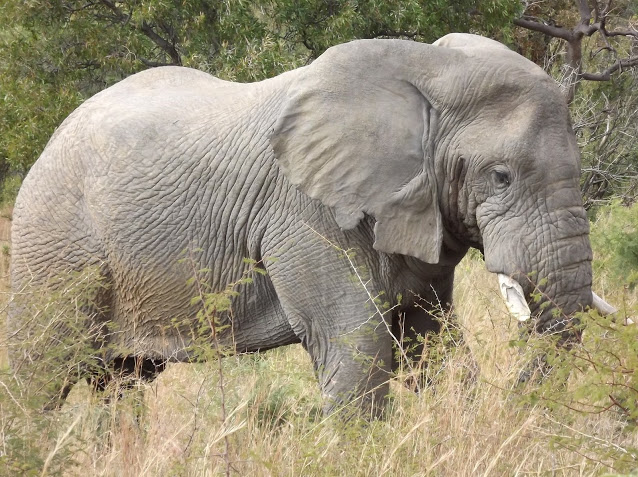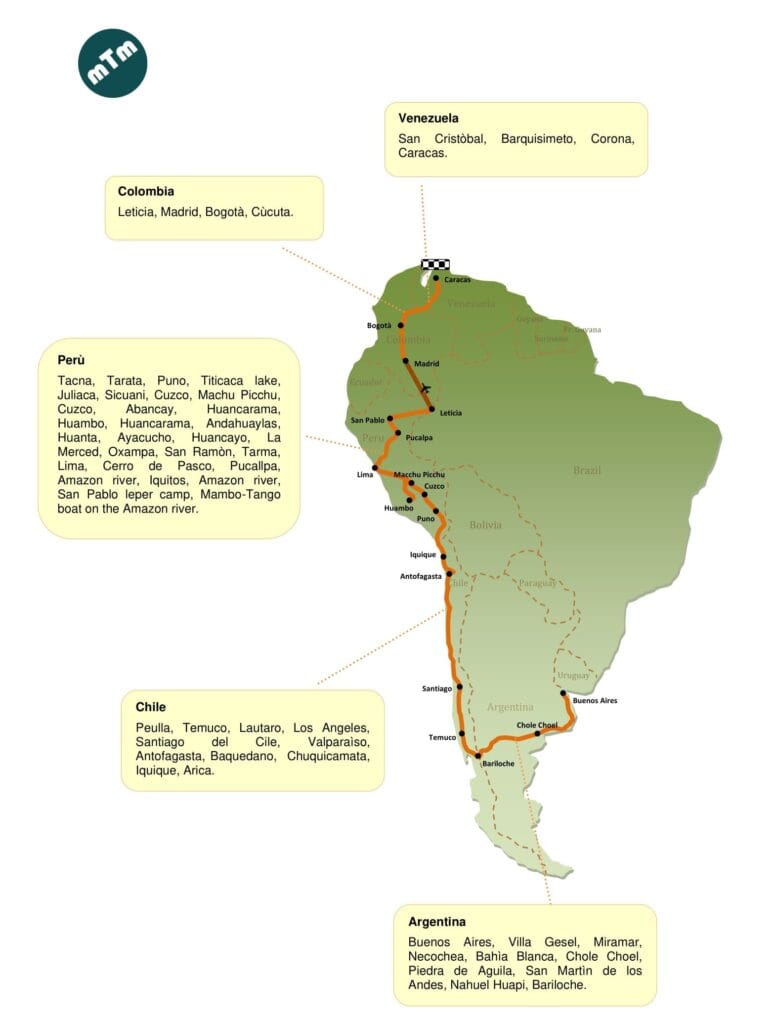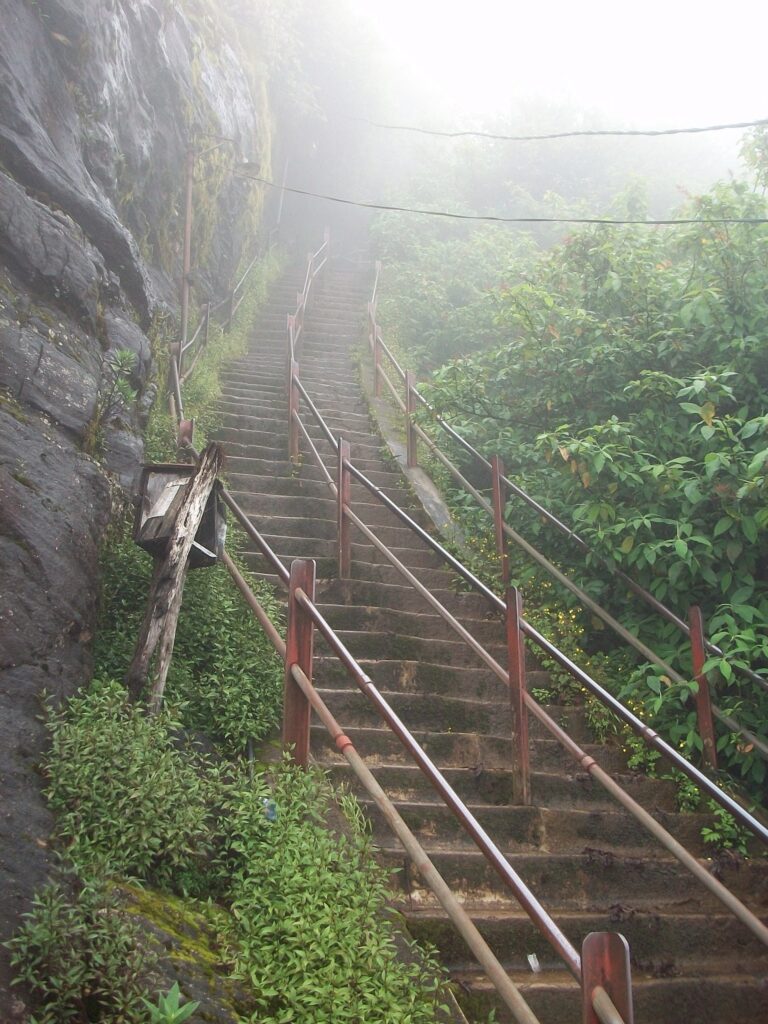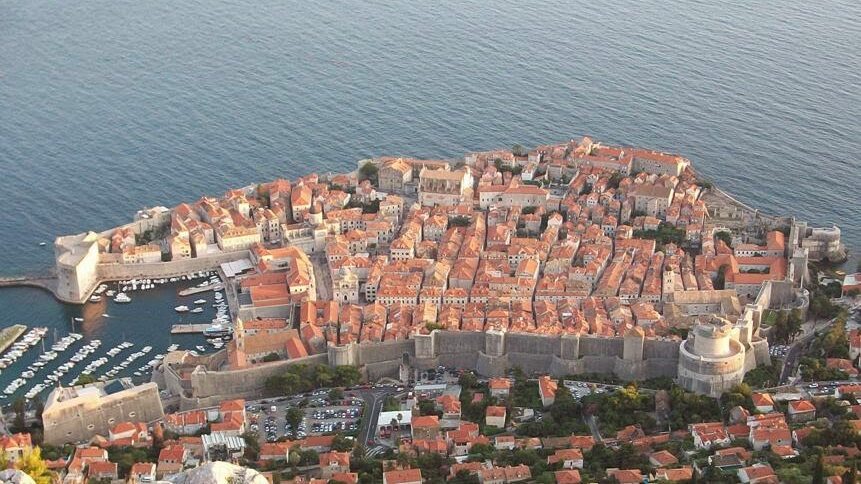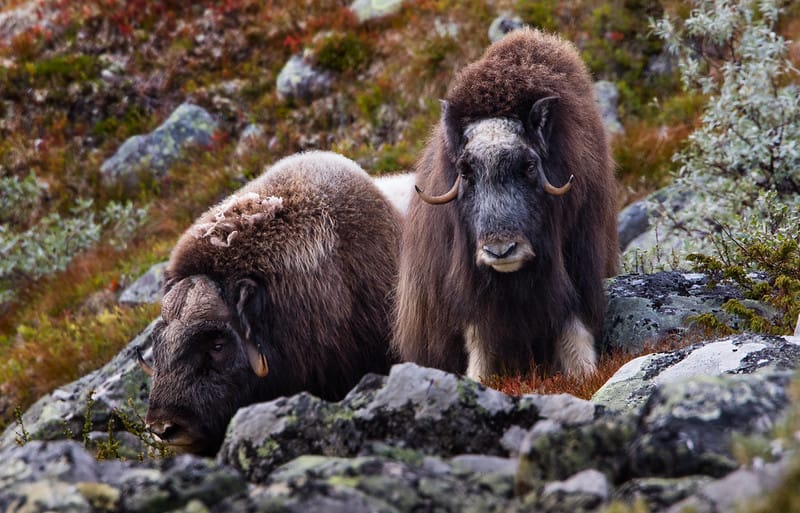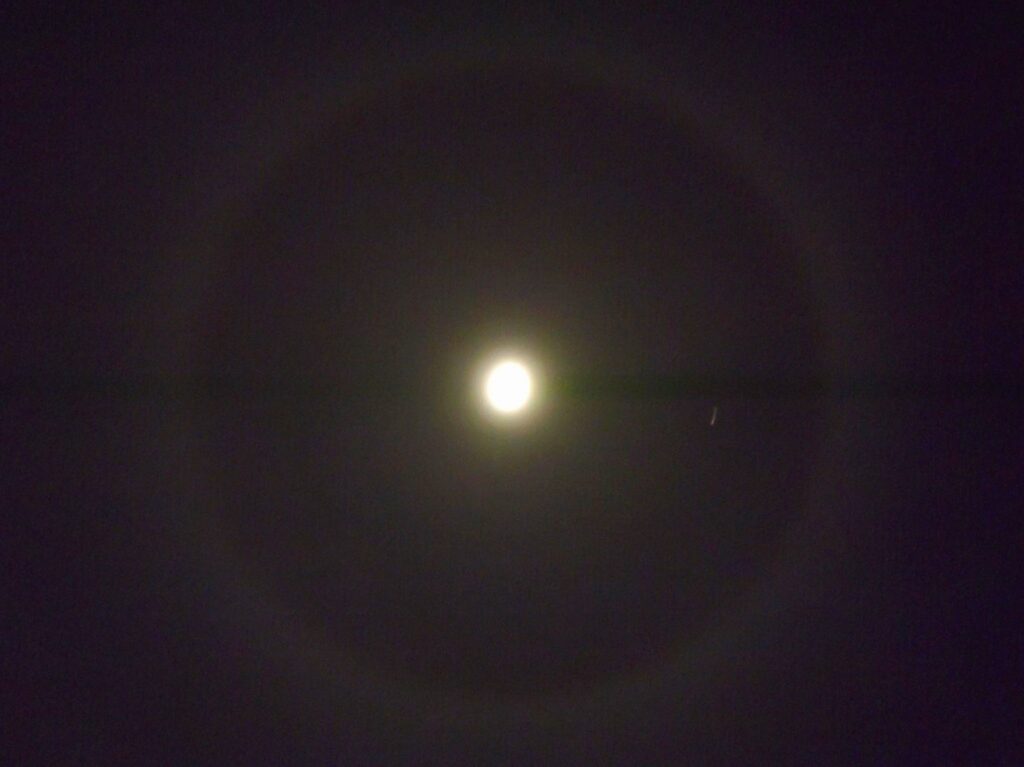
A 22° halo (also known as a moon or solar halo) is an optical phenomenon that creates a ring with a radius of approximately 22° around the moon or sun. This fascinating display occurs when light is refracted and reflected by millions of hexagonal ice crystals suspended in cirrus or cirrostratus clouds, which are typically found in the upper troposphere at altitudes ranging from 6 to 13 kilometers. The phenomenon is most often observed in high-latitude regions or during colder seasons when these ice crystals are more abundant.
The halo forms due to the light bending as it passes through the ice crystals, typically at a 22° angle. Interestingly, no light is reflected toward the inside of the ring, which creates the impression of a large, luminous “hole” in the sky. This visual effect is also the reason for the phenomenon’s association with the proverb used by sailors: “When the 22° halo appears in the sky, a storm is approaching.” The halo is often considered an omen, indicating that atmospheric conditions are conducive to a weather change, often signaling an approaching low-pressure system, which can bring precipitation.
While the solar halo can appear during the day, the lunar halo, formed by moonlight, is rarer and offers a more ethereal and tranquil view. Lunar halos are less commonly seen because they require the moon to be bright enough (usually during a full moon) and the atmosphere must contain the right conditions, such as the presence of cirrostratus clouds and clear skies. In addition, because moonlight is less intense than sunlight, lunar halos tend to be fainter and subtler, which makes them even more special to witness.
The halo phenomenon also comes in various forms. For instance, “halo arcs” can occur along the ring, and at times, secondary halos can appear outside the primary ring, creating complex, multi-ringed displays. Another interesting feature of halos is the “sun dogs” or “moon dogs”- bright spots that appear on either side of the halo, resulting from the same light refraction process.
In clear sky conditions, the view of this phenomenon is nothing short of spectacular, as captured in the photo taken in Thaba-Tseka, Lesotho. The rare lunar halo, which often appears in colder, mountainous regions, is a beautiful reminder of the complex interplay between light, ice, and the atmosphere. For those lucky enough to witness this stunning event, it’s a fleeting moment of natural beauty—one that many will remember for a lifetime.


